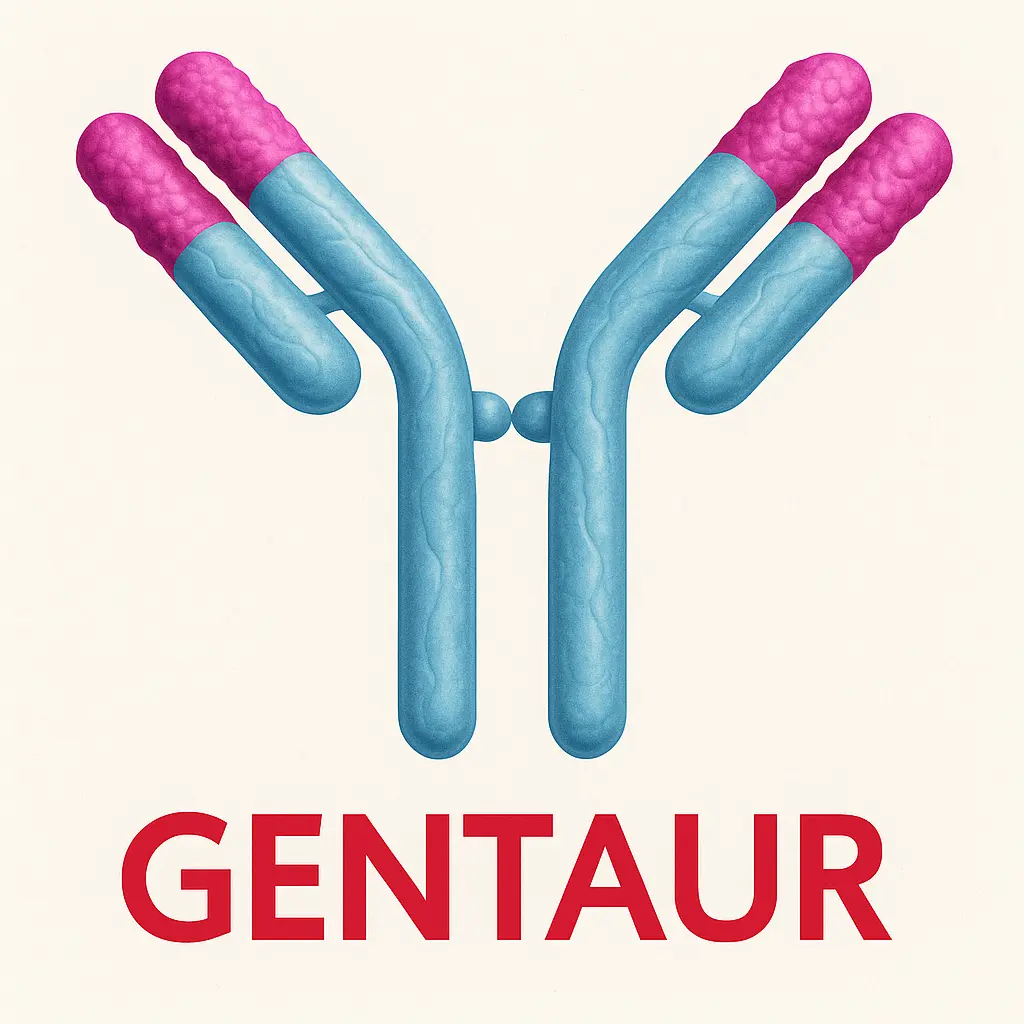ELISA POU domain, class 5, transcription factor 1 (POU5F1)
Reactivity:Pig (Sus scrofa; Porcine)
UniProt:Q9TSV5
Abbreviation:POU5F1
Alternative Names:DADB-104B20.2; MGC22487; OCT3; OCT4; OTF3; OTF4; POU domain; class 5; transcription factor 1|POU-type homeodomain-containing DNA-binding protein|octamer-binding transcription factor-3
Application:ELISA
Range:0.156-10 ng/mL
Sensitivity:0.057 ng/mL
Intra-AssayCV:?5.2%
Inter-AssayCV:?8.7%
Recovery:0.87
Sample Type:Serum, Plasma, Other biological fluids
Detection Method:Sandwich
Analysis Method??:Quantitive
Test principle:This assay employs a two-site sandwich ELISA to quantitate POU5F1 in samples. An antibody specific for POU5F1 has been pre-coated onto a microplate. Standards and samples are pipetted into the wells and anyPOU5F1 present is bound by the immobilized antibody. After removing any unbound substances, a biotin-conjµgated antibody specific for POU5F1 is added to the wells. After washing, Streptavidin conjµgated Horseradish Peroxidase (HRP) is added to the wells. Following a wash to remove any unbound avidin-enzyme reagent, a substrate solution is added to the wells and color develops in proportion to the amount of POU5F1 bound in the initial step. The color development is stopped and the intensity of the color is measured.
Product Overview:Oct-4 is a homeodomain transcription factor of the POU family. This protein is critically involved in the self-renewal of undifferentiated embryonic stem cells. As such, it is frequently used as a marker for undifferentiated cells. Oct-4 expression must be closely regµLated; too much or too little will actually cause differentiation of the cells. Oct-4 transcription factor is initially active as a maternal factor in the oocyte but remains active in embryos throµghout the preimplantation period. Oct-4 expression is associated with an undifferentiated phenotype and tumors. In fact gene knockdown of Oct-4 promotes differentiation, thereby demonstrating a role for these factors in embryonic stem cell self-renewal.
Stability:The stability of ELISA kit is determined by the loss rate of activity. The loss rate of this kit is less than 5% within the expiration date under appropriate storage condition. The loss rate was determined by accelerated thermal degradation test. Keep the kit at 37°C for 4 and 7 days, and compare O.D.values of the kit kept at 37°C with that of at recommended temperature. (referring from China Biological Products Standard, which was calcµLated by the Arrhenius equation. For ELISA kit, 4 days storage at 37°C can be considered as 6 months at 2 - 8°C, which means 7 days at 37°C equaling 12 months at 2 - 8°C).
Our latest content
Check out what's new in our company !
Your Dynamic Snippet will be displayed here... This message is displayed because you did not provide both a filter and a template to use.

%20%20?unique=39ce785)